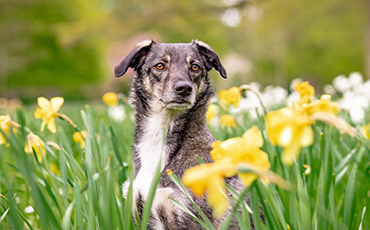Photography composition is a crucial aspect of creating visually appealing and impactful images. Here are some actionable tips to help you improve your composition skills:
1. Rule of Thirds:
– Divide your frame into thirds both horizontally and vertically, creating nine equal parts.
– Place important elements along these lines or at their intersections.

– This creates a more dynamic and visually interesting composition.
2. Leading Lines:
– Use natural or man-made lines in your composition to guide the viewer’s eye toward the main subject.
– Examples include roads, rivers, fences, or even shadows.

3. Symmetry and Patterns:
– Capture and emphasize symmetry or patterns in your subjects.
– Symmetry can create a sense of balance and order, while patterns add visual interest.

4. Frame Within a Frame:
– Look for natural frames within your environment, such as doorways, windows, or overhanging branches.
– This technique draws attention to the main subject and adds depth to the image.
5. Foreground, Middleground, Background:
– Create depth in your photos by including elements in the foreground, middleground, and background.

– This helps to convey a three-dimensional feel and provides context to your main subject.
6. Use of Color:
– Consider the color wheel and how colors interact with each other.
– Complementary colors (opposite on the color wheel) can create a vibrant and visually striking effect.
7. Framing:
– Use natural elements like arches, windows, or foliage to frame your subject.
– This technique draws attention to the subject and adds a layer of visual interest.

8. Simplify:
– Avoid clutter in your composition. Simplify by focusing on one or a few key elements.
– A clean and uncluttered composition often has a stronger impact.
9. Fill the Frame:
– Get close to your subject to fill the frame, especially for portraits or details.
– This eliminates distractions and allows viewers to connect more intimately with the subject.
10. Rule of Odds:
– Odd numbers of elements in a composition are often more visually appealing than even numbers.
– This principle can create a sense of balance and harmony.
11. Pay Attention to Background:
– Ensure that the background complements, rather than distracts from, the main subject.
– Look out for unwanted elements like poles, wires, or busy patterns.

12. Experiment with Perspectives:
– Change your shooting angle and perspective to add variety to your compositions.
– Try shooting from high above, down low, or from unusual angles.
Remember, these tips are guidelines, not strict rules. Experiment with different techniques, trust your instincts, and don’t be afraid to break the rules when it enhances the story you want to tell through your photography. Practice and continuous experimentation are key to improving your composition skills.